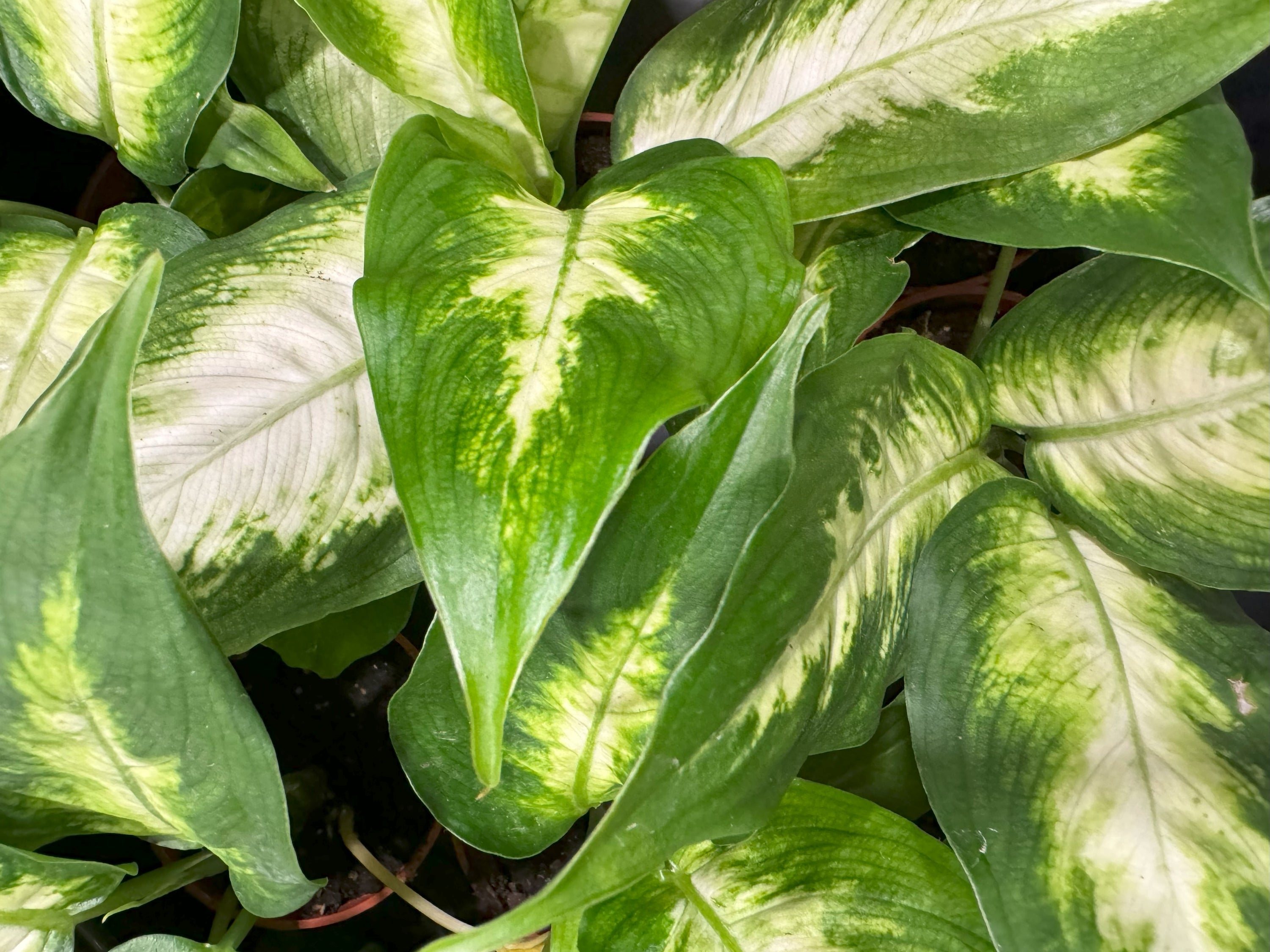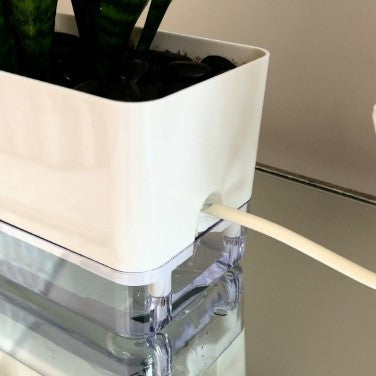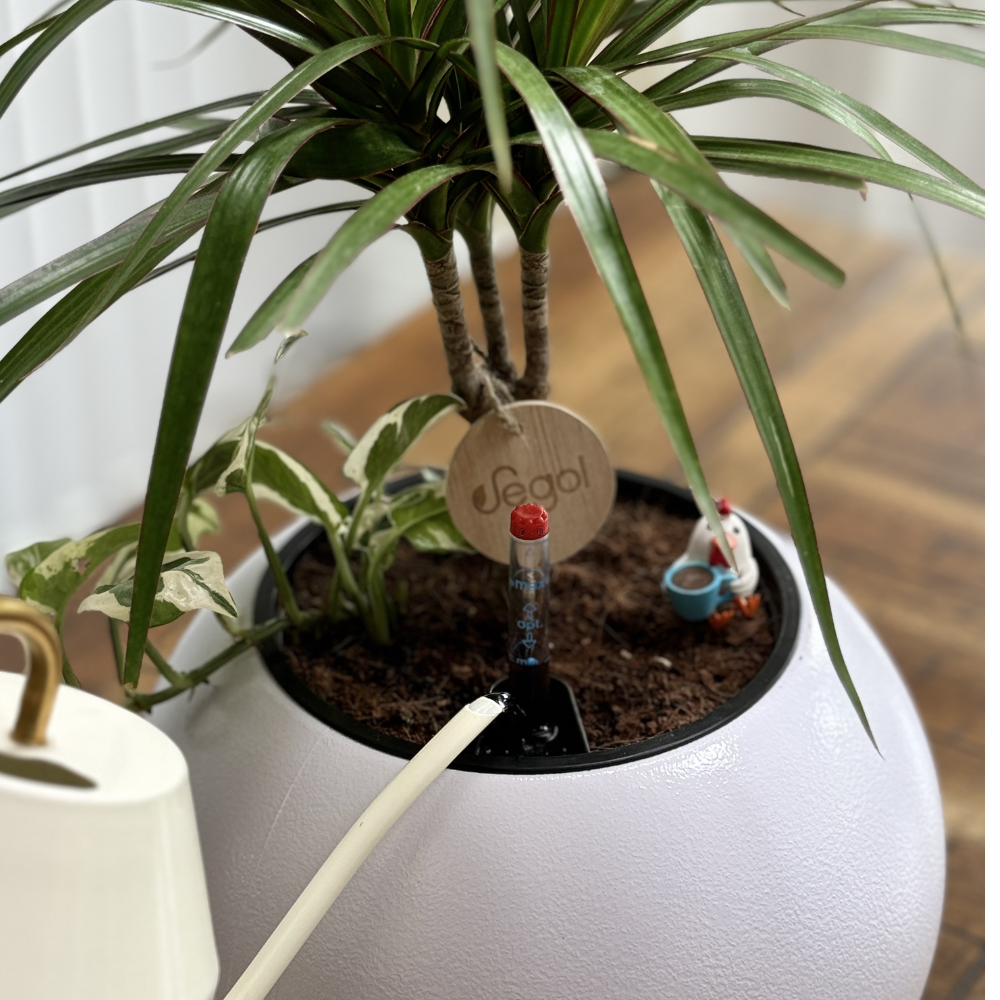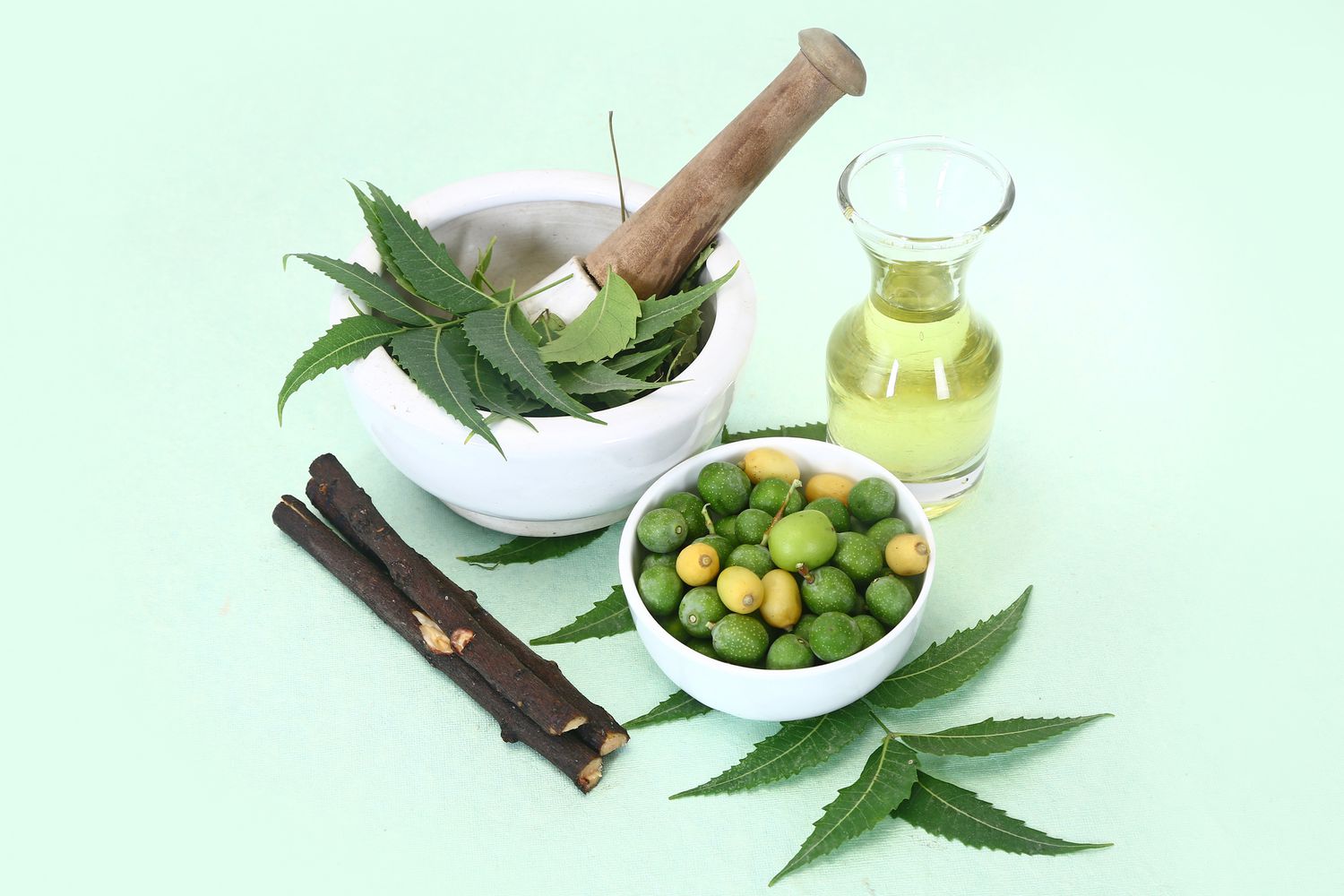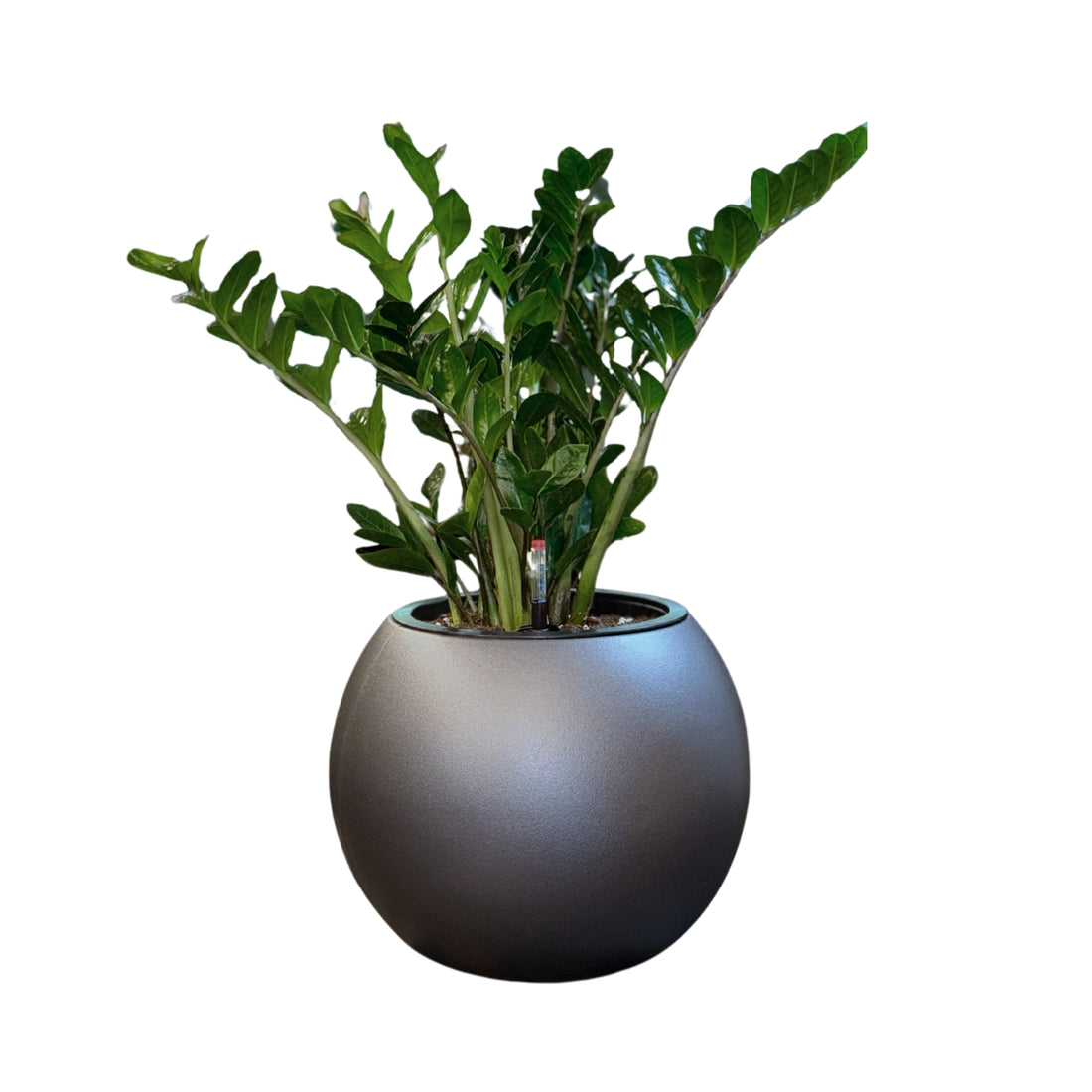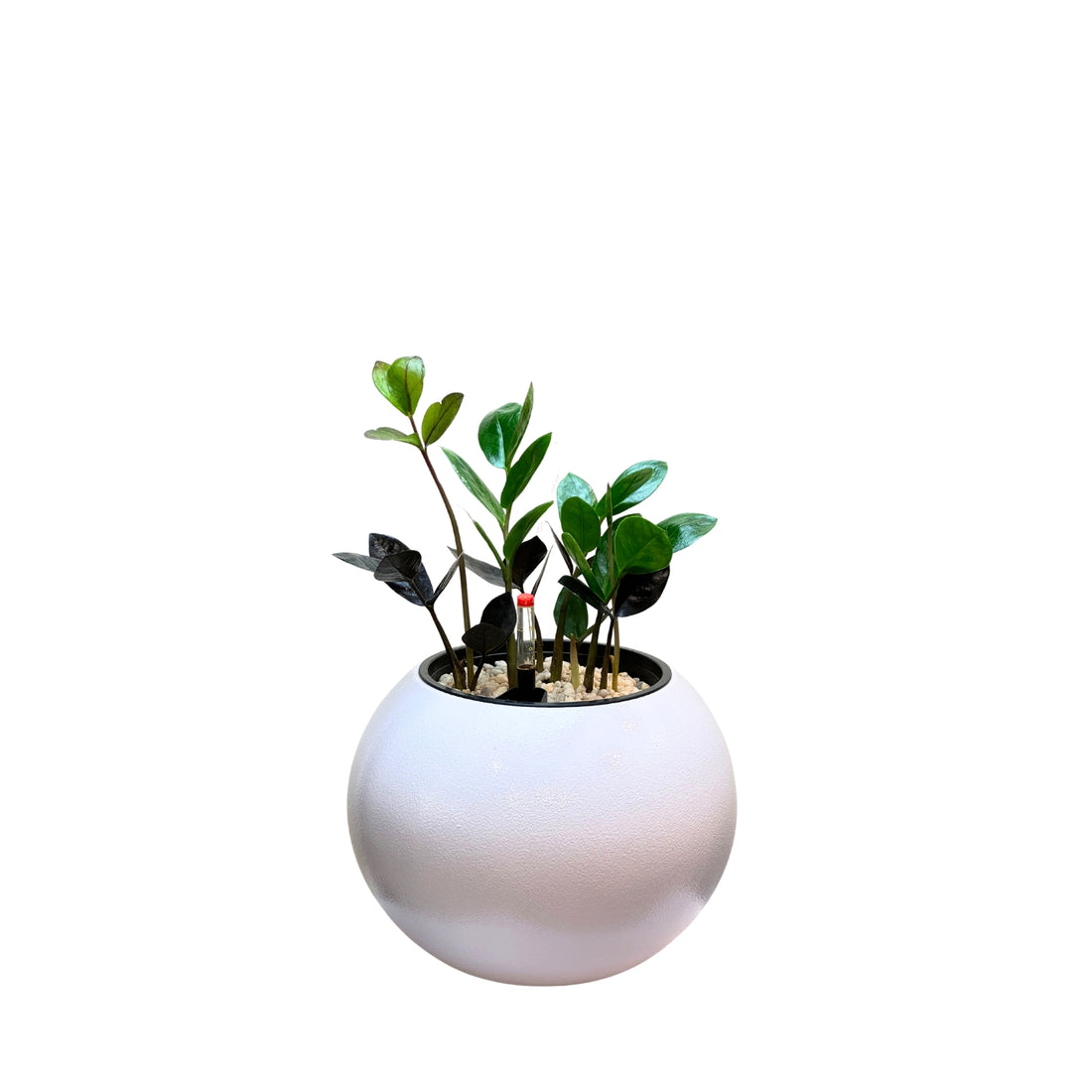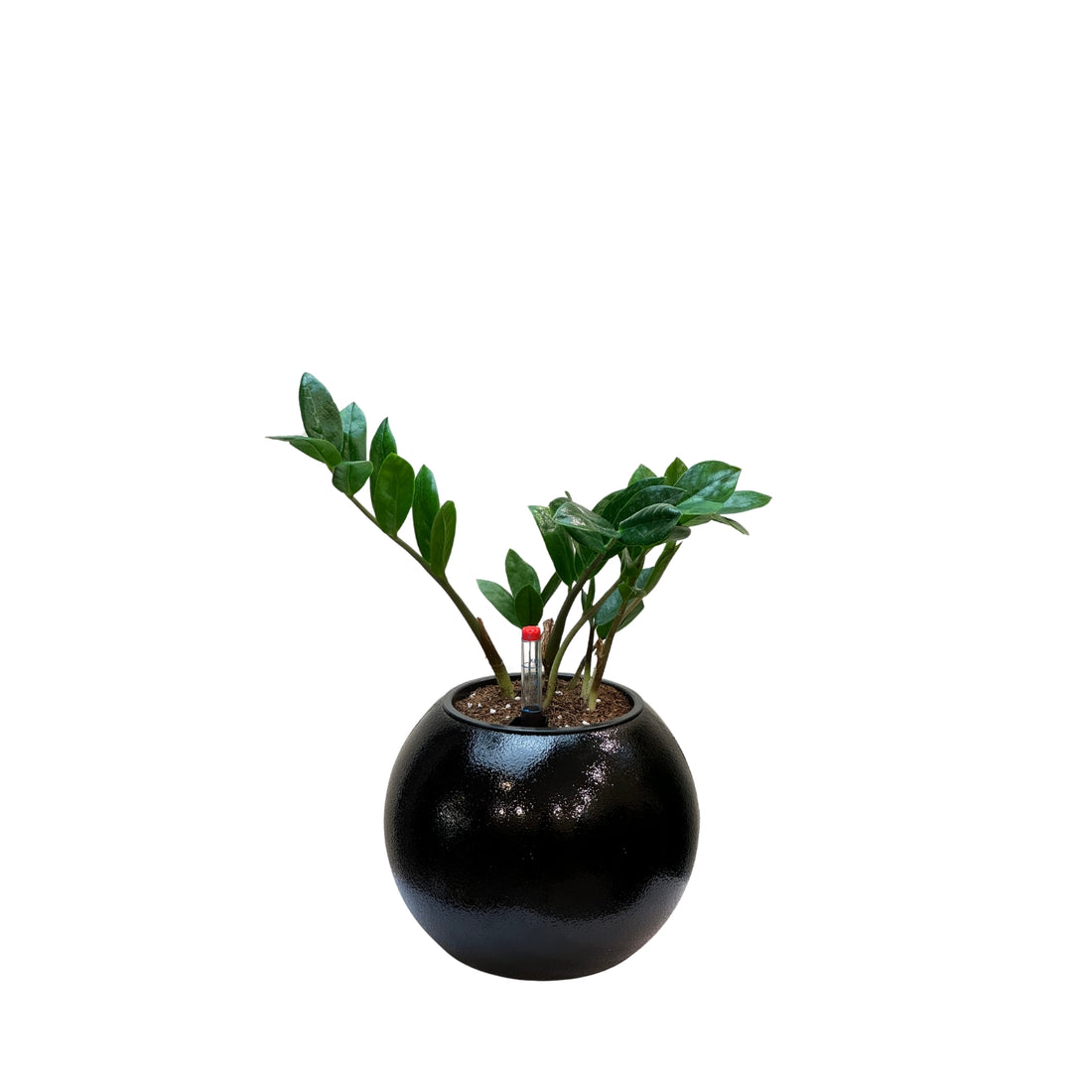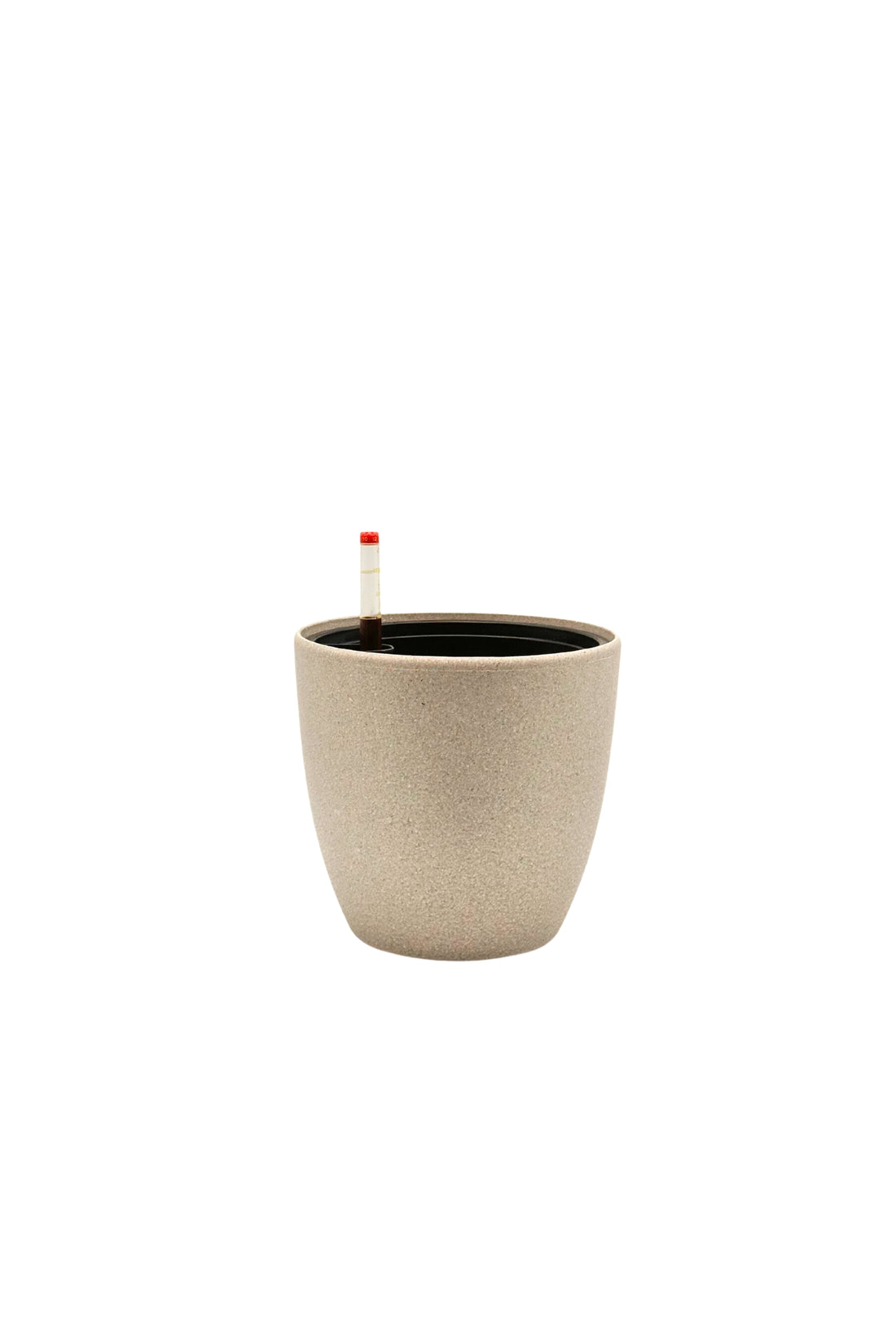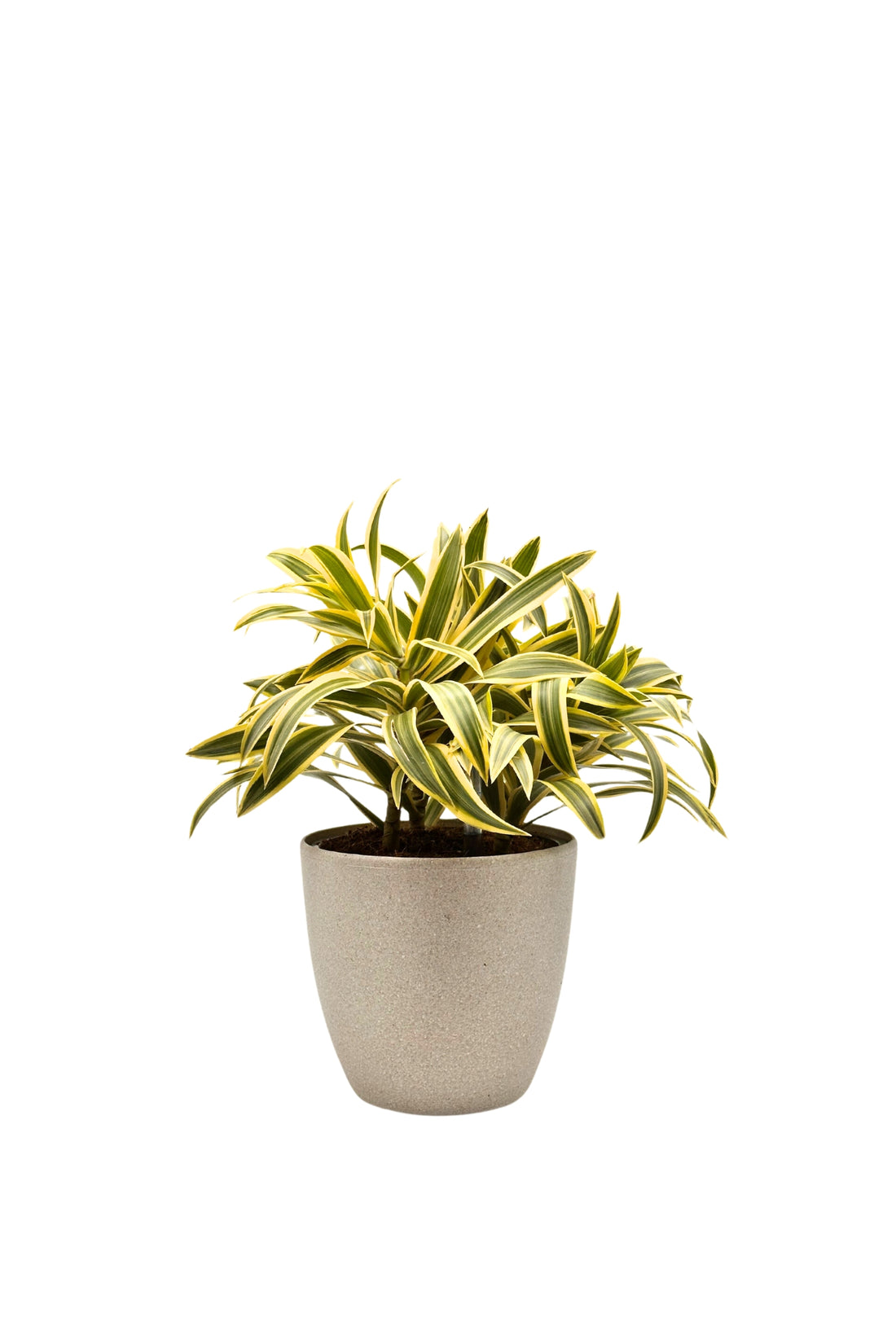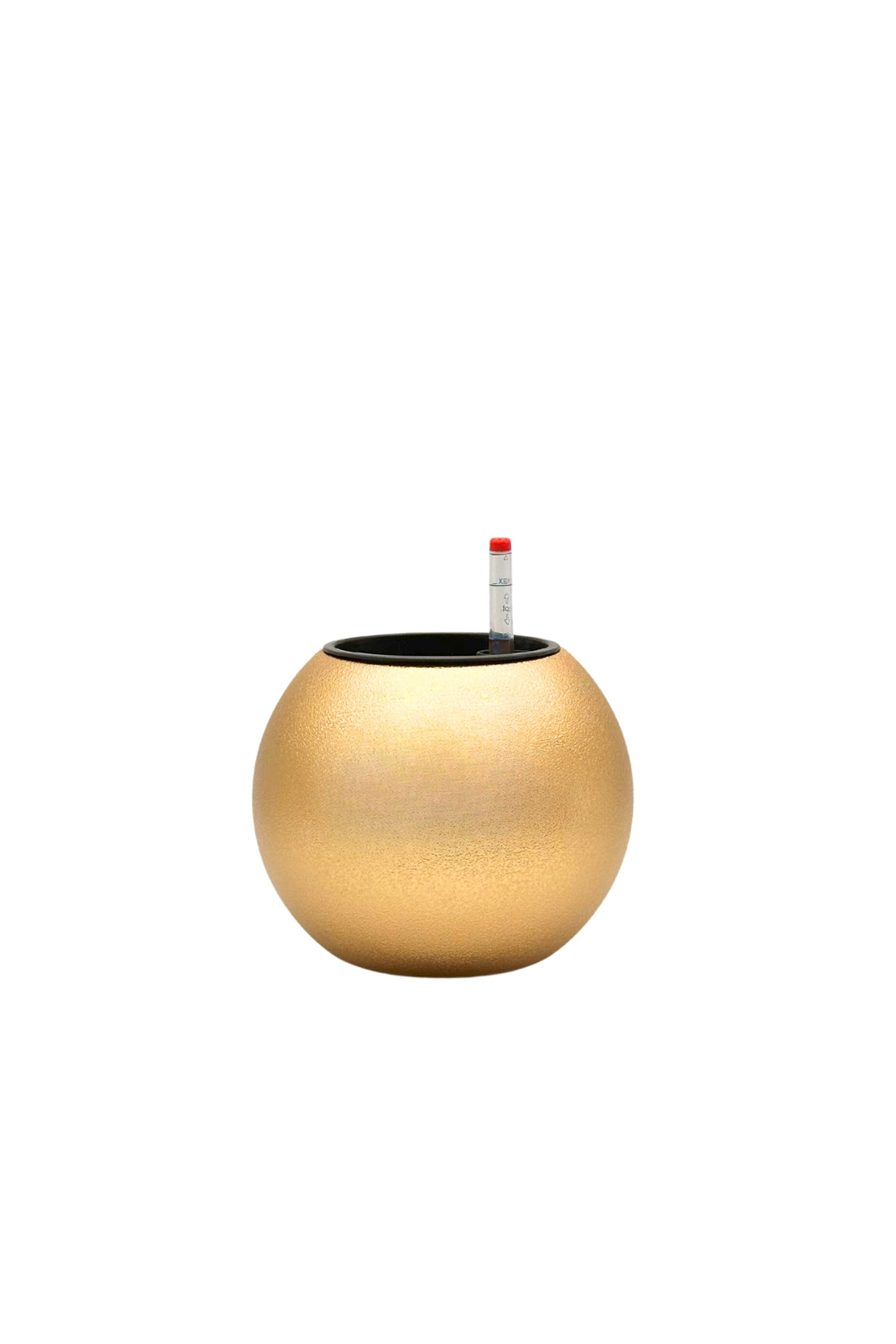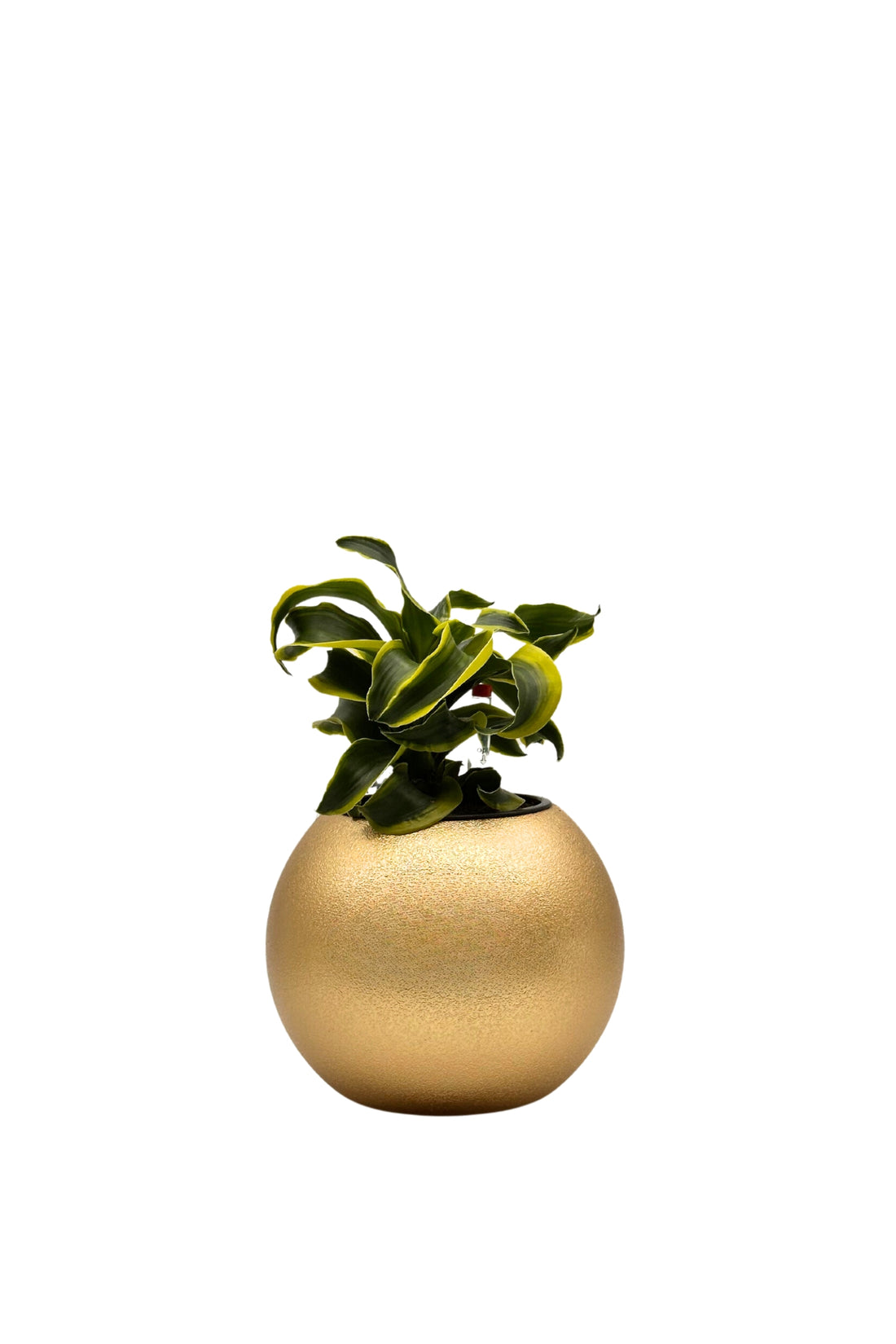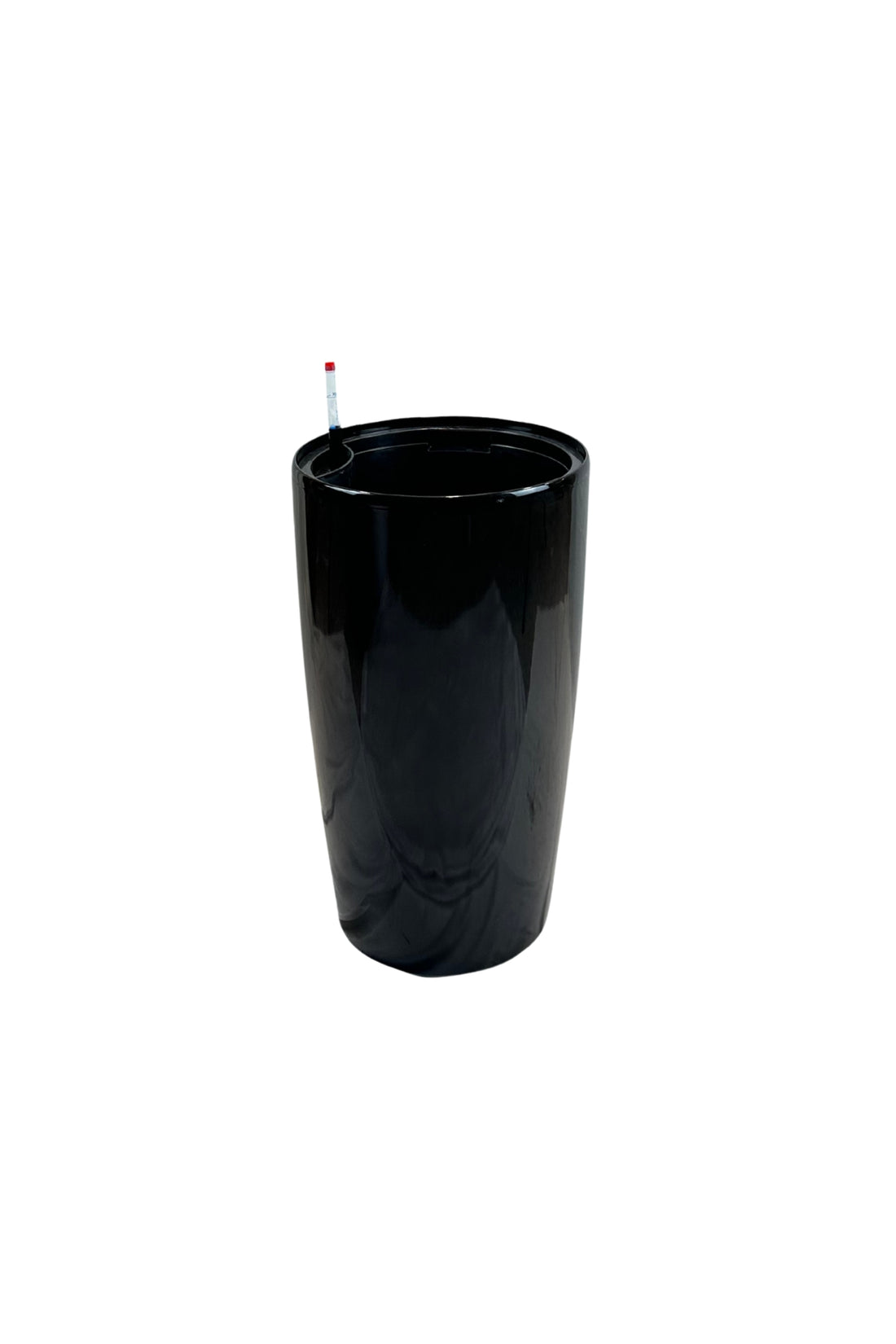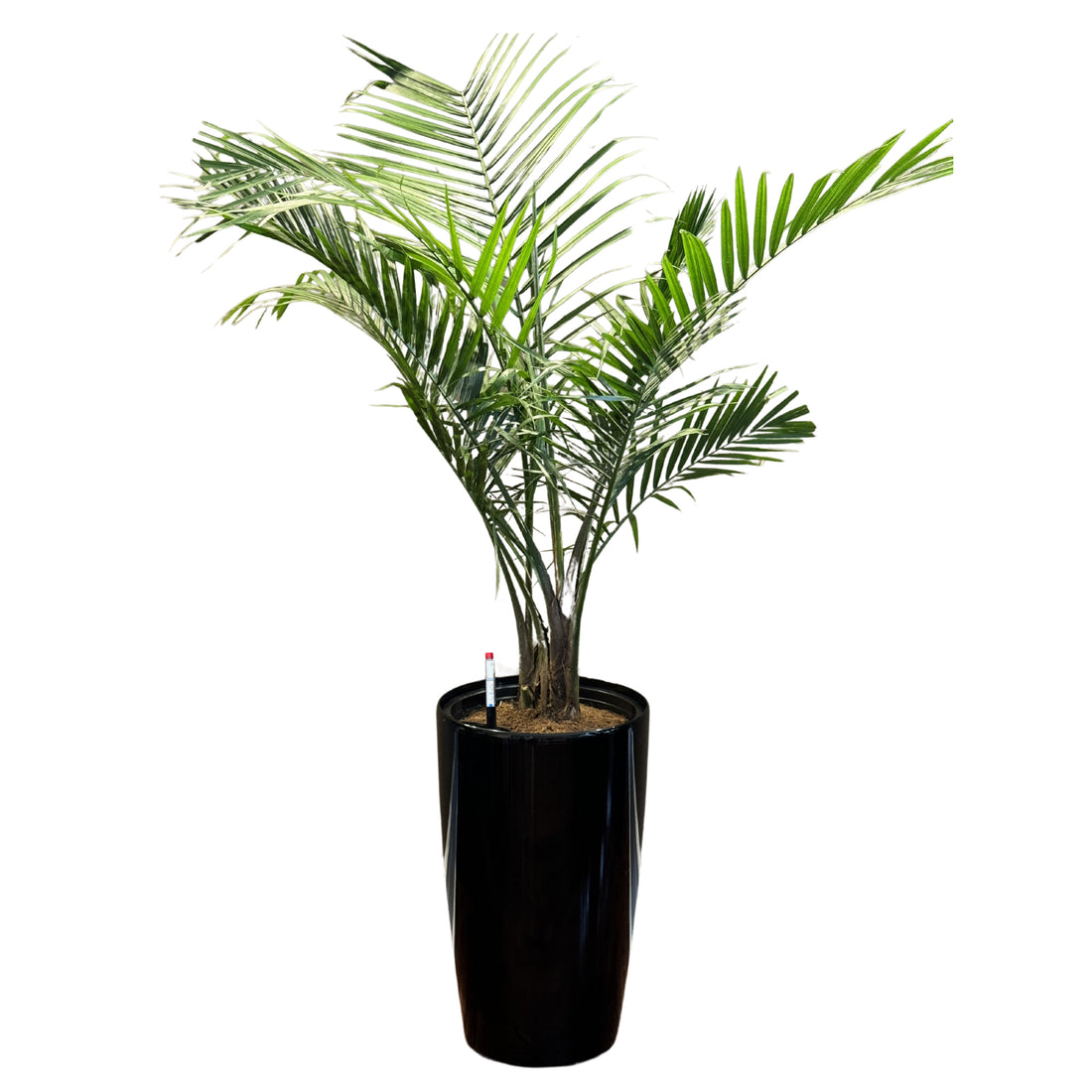Caring for a Dieffenbachia plant, also known as Dumb Cane, involves understanding its needs for light, water, humidity, temperature, soil, and fertilization. With the right care, Dieffenbachia can grow into a lush, attractive plant. Here's a comprehensive guide:
Light
Dieffenbachia prefers bright, indirect sunlight. Direct sunlight can scorch its leaves, causing them to yellow and wilt. A spot near a window that receives filtered light or a room with ample ambient light is ideal. Rotate the plant periodically to ensure even growth.
Watering
The plant enjoys consistently moist soil but doesn't do well with waterlogging. Allow the top inch of soil to dry out before watering again. Overwatering can lead to root rot, while under-watering can cause the leaves to droop and yellow. Self-watering pots can help maintain consistent moisture levels but should be monitored to avoid excessive water.
Humidity and Temperature
Dieffenbachia thrives in high humidity environments similar to its native tropics. If the air in your home is dry, consider using a humidifier or placing a water tray near the plant to increase ambient moisture. The ideal temperature range for Dieffenbachia is between 65-75°F (18-24°C). Avoid placing the plant near drafts, air conditioning units, or heating vents.
Soil
A well-draining, nutrient-rich potting mix is essential for Dieffenbachia. A mixture of peat, perlite, and vermiculite can provide the right balance of aeration and moisture retention. Ensure the pot has adequate drainage holes to prevent water from pooling at the bottom.
Fertilization
Feed your Dieffenbachia with a balanced, water-soluble fertilizer every 4-6 weeks during the growing season (spring and summer). Reduce fertilization in fall and winter, as the plant's growth slows. Over-fertilization can lead to salt buildup in the soil, which can damage the roots and discolor the leaves.
Pruning and Repotting
Prune any yellowed or damaged leaves to encourage new growth and maintain the plant's appearance. Dieffenbachia can grow quite large, so you may need to repot it every couple of years. Choose a pot that is one size larger than the current one to give the roots room to expand.
Pest and Disease Management
Inspect your Dieffenbachia regularly for signs of pests such as spider mites, mealybugs, and aphids. Treat infestations promptly with insecticidal soap or neem oil. Keep an eye out for signs of diseases like root rot, which is often caused by overwatering.
By following these care tips, your Dieffenbachia will remain a healthy and vibrant addition to your indoor garden. Remember, every plant is unique, so observe your Dieffenbachia's response to its environment and adjust care routines as necessary.
